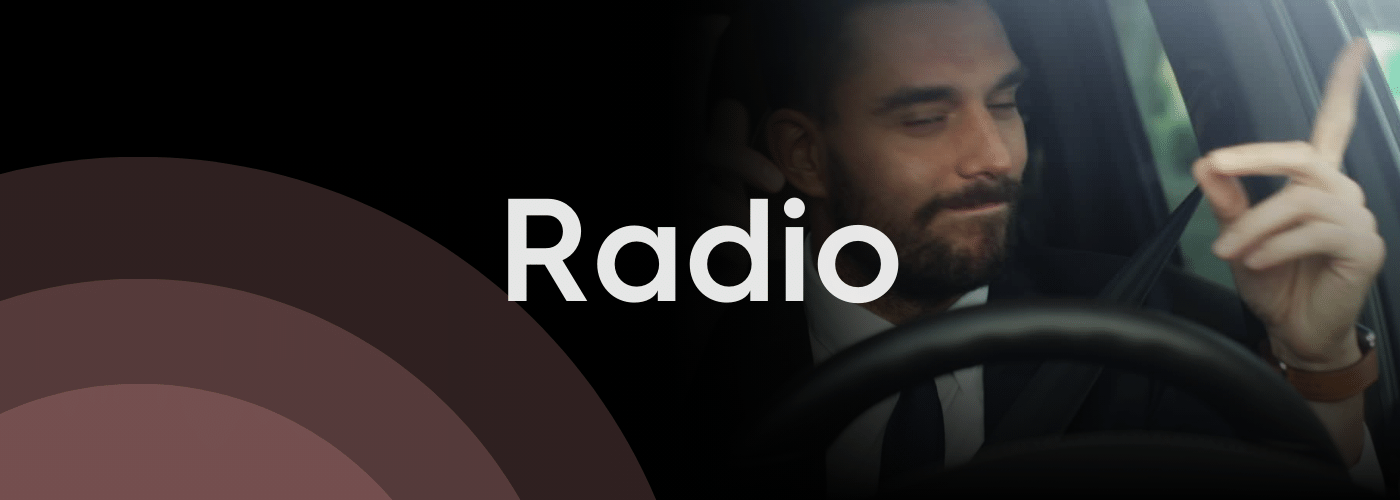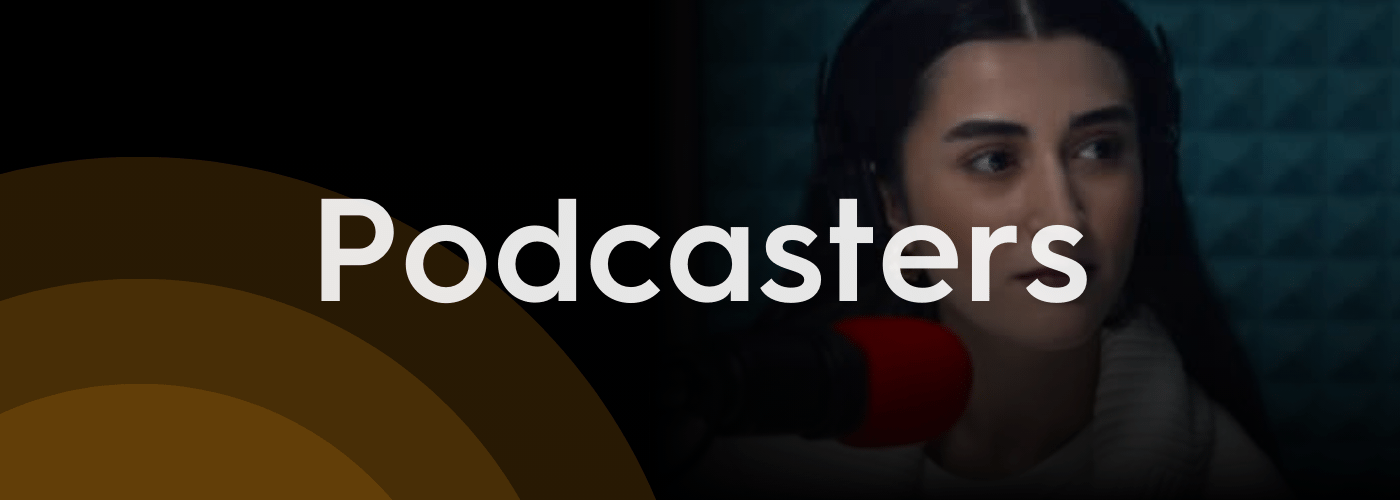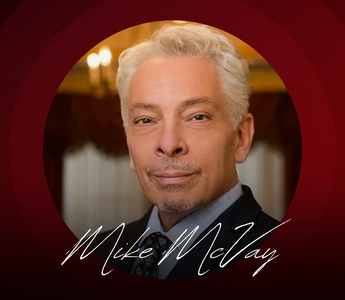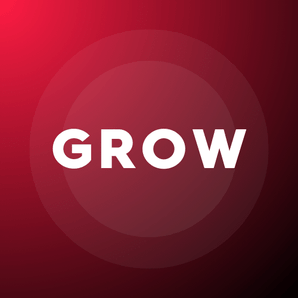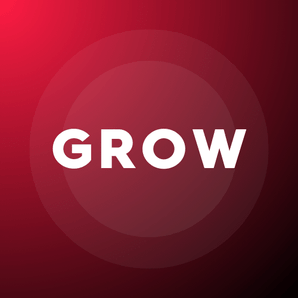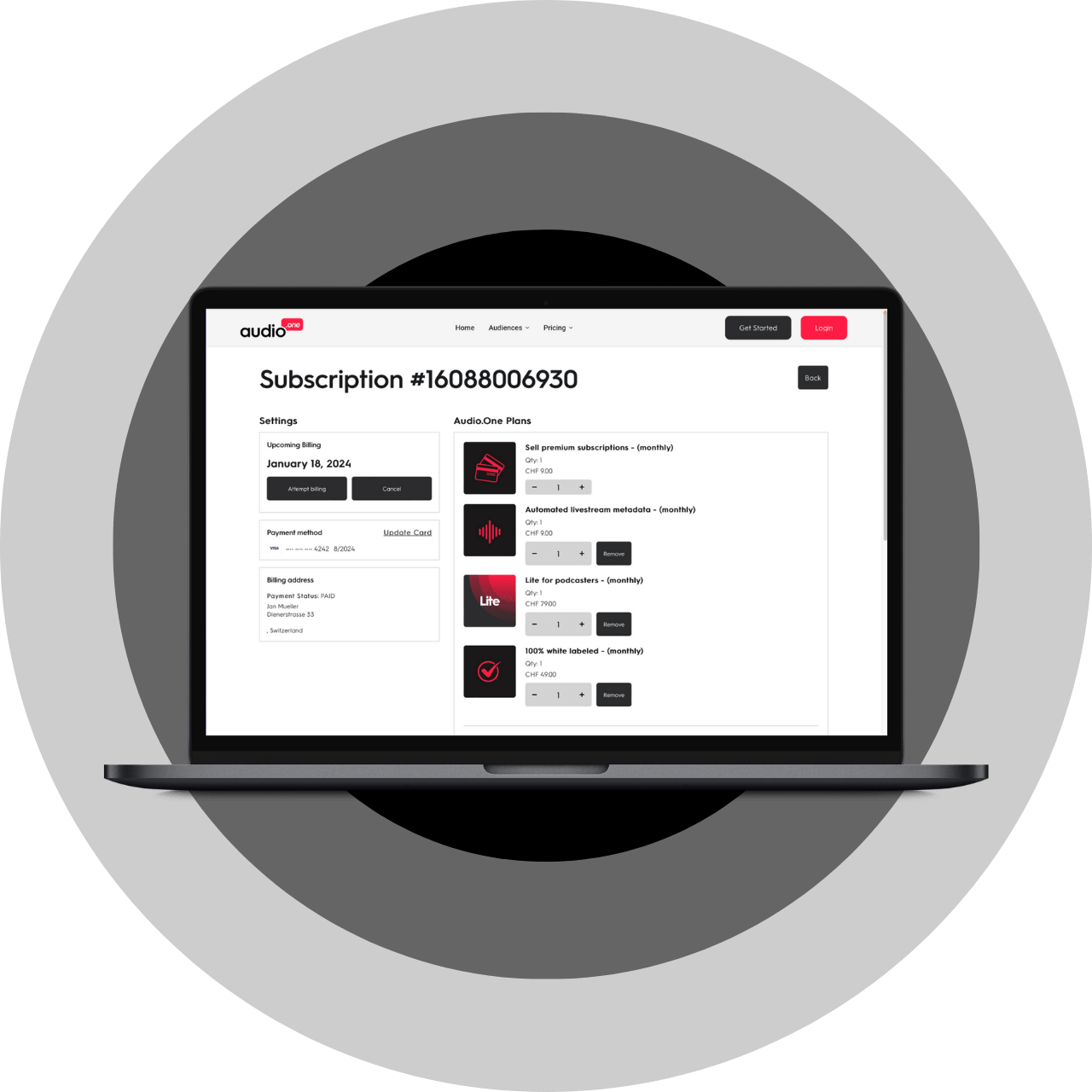The ever-present inferiority complex that radio suffers from allows the companies who have digital delivery to play on the perception that they’re dominant. There is a true superiority over radio that the DSP’s have in regard to quality. They often have a better listening environment and a value proposition that paying for a monthly subscription is less expensive than paying for downloading individual songs. Given Video subscriptions, subscribing to a DSP is not the leap that it once was, and CarPlay makes it convenient.
What DSP’s lack, more than anything else, is distribution at the level of over the air (OTA) radio. That will change with time, unless radio focuses on the expansion of OTA to Digital with cross-platform promotion, and unless radio makes a true and real concerted effort to improve the listening environment and level of content for the audience.
Many of the offerings that the DSP’s present are mostly music driven. That is to say music without personalities. One can make the comparison that those channels are today’s version of a record department in a big box store. Maybe a better comparison is having an iPod on shuffle. Thus, the assertion that music-heavy DSPs compete with music downloads more so than radio.
There are DSP channels that offer personalities. Those are more closely compared to OTA Radio and are more competitive from that standpoint. Fortunately for OTA Radio there are fewer personality enhanced stations on DSPs, as of today, and their national platforms make it difficult to connect to a local market. That will most assuredly change with time. Including the customization of content for a market. Radio must understand that having an audience is not a birthright. It has to be earned. Just because you’re on the air doesn’t mean you’re being listened to. It just means that you’re on the air.
Lee Abrams, credited with the creation of Album Oriented Rock and what became the modern era of Rock Radio, is also known as a futurist. Abrams followed his orignal variation of rock with a hard rock format known as Z-Rock, then on to Disney Radio and was later the Chief Programming Officer when XM Radio was born. His list of accomplishments are long and not yet finished.
Abrams notes that “at the end of the day, devices are not as important as their output. Brilliant programming will prevail wherever its located. Sadly, the brilliant programming of today isn’t necessarily on FM. One day, the “Apple” type companies of the world may figure out the radio experience for this century and take streaming services to a new level, which could happen while FM has its’ eye off of programming.” Lee made that statement a couple years ago. It is more true now than when he first said it.
One of the things that I always harp on, to those who are critical of the business, is to offer a solution and not leave us hanging on the words of criticism. Abrams came through suggesting that radio “focus on what listeners experience. The sound of a station. The excitement, the newness, being a part of now rather than an audio relic of the past.” Abrams challenges the C-level of the business by declaring that OTA Radio is running on creative fumes and completely out of sync with, as he calls it, “this new Wild West.” There needs to be an investment in content development to create something new.
Broadcasters must continue to promote their terrestrial locations, but given the diminishing number of “regular radios” in home and workplaces, (and even some cars), accessibility on smartphones, laptops/desktops, smart speakers, as well as on in-car platforms like Apple CarPlay and Android Auto is an imperative.
Recent research from Edison Research shows that American now spend more time with audio on a mobile app than they do a traditional radio receiver. Listening to Radio OTA or via mobile apps is changing dramatically. Especially with younger listeners. Age 13-34 listeners are divided 19% Radio Receiver and 48% Mobile Device. Age 35-54 is almost even at 33% Radio Receiver and 34% Mobile Device. It is only when you move the age window to 55+ that you see Radio Receivers lead 52% and the Mobile Device falls to 14%. Even in-car, which radio has previously owned, is seeing erosion. Mobile devices make-up 23% of the listening. Other audio sources makeup 19% of listening in-car. Radio still leads with 58%.Not long ago it was 90%. If youre radio station is not creating a great experience using a mobile app, you’re missing out on connecting with half of the potential audience.

Jan Mueller, Co-Founder and CEO of the global digital company Audio.One believes that “the user experience on digital platforms demands a unique approach. Online content needs to be tailored to the distinct behaviors of smartphone users, who typically prefer on-demand content. This distinction is vital for engaging audiences effectively. Secondly, there is a notable absence of discussion regarding the evolving business models in the industry. Modern radio stations have the potential to generate substantial revenue through diverse channels like programmatic advertising, subscription services, and interactive features such as online coupons. The key to unlocking this revenue stream lies in strategically encouraging frequent user visits to their online platforms.”
Technology is another pivotal factor. Many radio providers rely on small, individual services that often lack modern features and appear cost-effective compared to those of DSPs. However, Mueller believes that users ultimately triumph in this scenario. “They do not discriminate between a DSP and a smaller company in terms of service quality. That is where our solution, audio.one, comes in. It addresses all technological challenges comprehensively: offering state-of-the-art platforms, efficient data collection, and effective monetization strategies. Importantly, it's priced within reach for even smaller companies aspiring to grow in the future radio market.”
Ken Benson, Co-Founder and Partner at P1 Media Group, has a pragmatic approach to how radio can compete with the digital giants. He said that the audience “may come for the music, but they stay for the hosts.” iHeartMedia CEO Bob Pittman believes radio’s niche is companionship. Benson adds “Radio must focus less on the music and more on what it does between the songs. Listen to 102.3 Now Radio in Edmonton, Canada. It’s been the market leading station in ratings and revenue since its inception over a decade ago. Yes, they play music, yet it is the personalities … in all dayparts … that attract Now Radio’s massive audience. The streaming giants can deliver more music, more variety, and fewer commercials than any radio station. Radio can deliver a contextualized, in the moment, one to one experience with human beings better than anyone. Invest in your talent.”
Brad Holtz, President of Sarkes Tarzian Radio, which includes Indianapolis, Ft. Wayne, and Bloomington, Indiana shared his belief that there are things that radio can do better to improve the listening experience for the audience. What are those things? „Maintain a respectful spot load. An eleven-minute break with 20 units is simply not fair to a listener OR to the advertiser who’s stuck in the middle of the pod. Focus on relevance. While many corporate clusters are focused on transactional and programmatic buying, this oftentimes leads to messages that are completely misaligned.“
„So much listening is done online, yet for many stations the online listening experience is an afterthought. Hence, dead air, an endless stream of the same PSAs, from stations that cover spots online. There is a great opportunity to create attention-getting content that could not only keep listeners through a break, but strengthen brand identity.” My interpretation of Brad’s comments is that we absolutely must prioritize listening online and on apps. Meet the audience where they are listening.
Bob Lawrence, General Manager of the National Radio Talent System (A Division of the Radio Advertising Bureau) noted that “it’s sad that a larger percentage of our terrestrial product is not being utilized through smart speakers and apps. We need to cut through whatever barriers keeps those numbers from being much higher. This is an education issue, not just for listeners but for the industry as a whole.” I support what Bob said. When we first heard of the Amazon Echo and Google Home, and before we knew them as Smart Speakers, I was excited. Smart Speakers put radio back into the home and the workplace. Apps return radio to being portable.
Lawrence noted “We all need to keep in mind that we now communicate with more than just a microphone and a transmitter. We must focus on building heightened listener experiences, especially while they are streaming on our websites and mobile apps. Radio needs to create compelling content on our sites that include games and contests; only available online and apps, or special offers they can find online and apps, as well as locally driven blogs, and material from our on-air personalities. Just telling listeners to listen on your website is no longer enticing enough. Creating synergies with advertisers that do more than just advertise. We cannot use the same strategies we have used for terrestrial radio in the past. Digital Advertising and Digital Streaming Experiences must be unique.”

